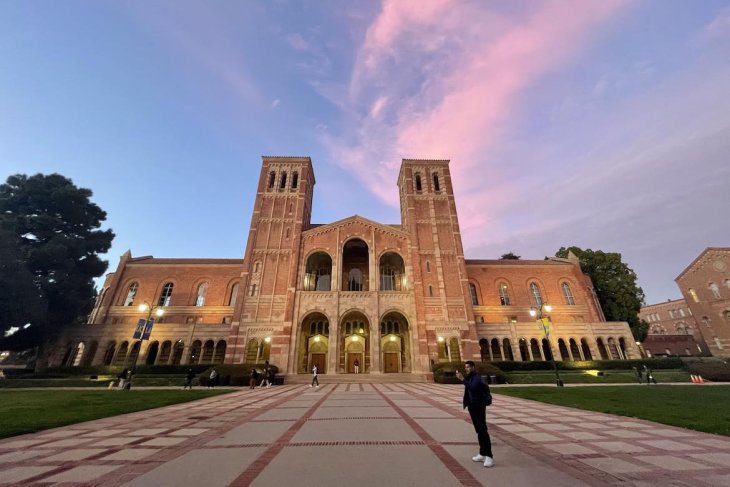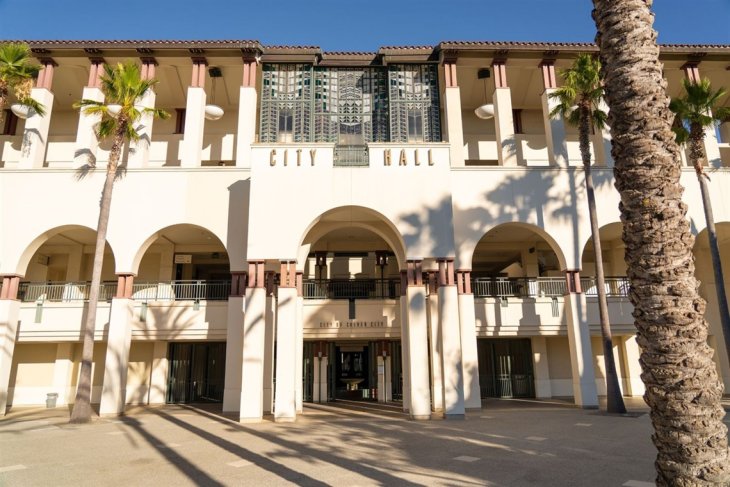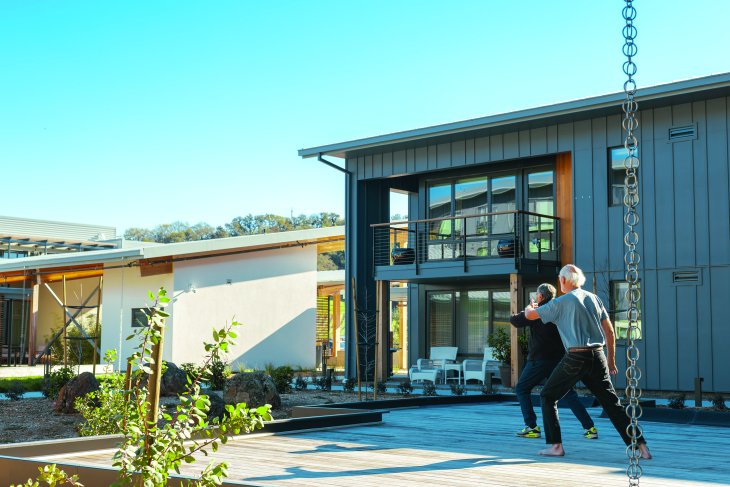Culver City City Council takes steps to allow micro-units to fulfill housing needs
By Sam Catanzaro
High demand for housing fueled by rapid growth in its tech scene has led Culver City lawmakers voting to allow for the development of micro-unit apartments.
A 1967 California law requires counties and cities in the state to develop a report to plan every eight years to meet projected demand for housing. Under action taken by the Southern California Association of Governments in November, Culver City must zone for 3,300 units by 2030 and lawmakers believe micro-units may be central in meeting these numbers.
Culver City municipal code currently sets a 500 square-foot minimum for apartments in the city. Under an ordinance passed by Culver City City Council on January 13, a 350 square-foot minimum will be established to encourage the production of micro-unit apartments.
According to Culver City city staff, these micro-units are intended to address the increase in demand for apartments fueled by the city’s burgeoning tech scene, a demographic of renters who have different needs than an average household. Culver City staff say that micro-apartments on average are 20-30 percent cheaper than a traditional sized unit.
Under Culver City’s new rules, micro-units will not be required to have private open spaces such as balconies and patios. Developments that include micro-units, however, will need to provide at least 100 square feet of communal open space. In addition, any developer wanting to build micro-units must include tenants with a range of amenities including pet services, bike repair, fitness center or studio, car or bike shares and wifi. In addition, Culver City Meghan Sahli-Wells brought up the possibility of providing each resident with a Metro Tap card.
The ordinance requires 0.5 parking spaces per micro-unit, with the exemption of developments in the Culver City Transit Oriented District, where no parking spots will be required.
Developers will not be permitted to build complexes comprised of 100 percent micro-apartments, with the ordinance setting a 25 percent cap on such units.
“There is an enormous value in having this limit because what you want to do is to create a community in the housing. You want to have different types, you want to have young families, older people…living in the same building,” said Culver City Vice Mayor Göran Eriksson. “I would not really like a building that has 50-60 percent of the smaller studios.”
Culver City Councilmember Daniel Lee, however, expressed interest in allowing certain developments of 100 percent micro-unit apartments.
“There are a number of places where 100 percent studio or micro-unit developments would work,” Lee said, stating that it would help Culver City meet its housing production goals.
Other cities that have taken action to allow for micro-unit apartments recently include Santa Monica and the City of Los Angeles.





















